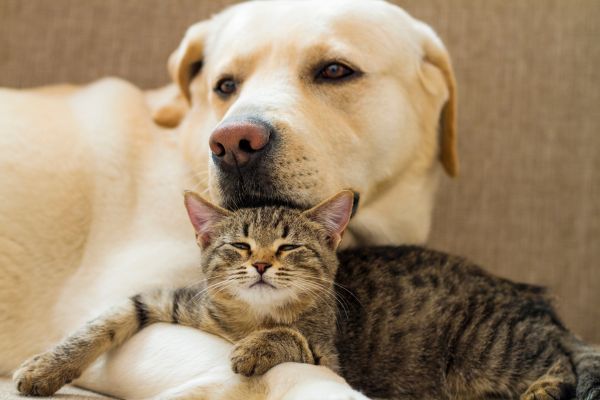Switching pet food safely is a critical aspect of responsible pet ownership. Whether you’re transitioning to a different brand, introducing a special diet, or adapting to your pet’s changing health needs, doing it the right way can make all the difference. An abrupt change in diet can upset your pet’s digestive system, leading to discomfort and even long-term issues. That’s why understanding how to transition your pet’s food safely is essential for their health and happiness.
Understanding Why a Gradual Transition Matters
Pets, much like humans, have sensitive digestive systems that respond to consistency. When you suddenly change their food, their gut bacteria might struggle to adapt, resulting in diarrhea, vomiting, or a loss of appetite. Switching pet food safely means giving your pet’s system enough time to adjust. A gradual transition helps avoid gastrointestinal distress and allows you to monitor how well your pet is tolerating the new food.
Recognizing When It’s Time to Change Your Pet’s Diet
There are many reasons pet owners might consider changing their pet’s food. Some pets develop food allergies or sensitivities, requiring a new formula that avoids triggering ingredients. Others may need a diet tailored to their life stage, such as moving from puppy or kitten food to adult maintenance formulas, or later to senior pet nutrition. Health conditions like kidney disease, obesity, or diabetes may also necessitate a dietary shift. Whatever the reason, switching pet food safely is key to ensuring your pet’s health isn’t compromised during the transition.
How to Begin Switching Pet Food Safely
The process begins with selecting the right food for your pet. Consult your veterinarian before making any changes, especially if your pet has pre-existing health conditions. Once you have chosen the appropriate food, start mixing small amounts of the new food into your pet’s current diet. Over several days, gradually increase the proportion of the new food while decreasing the old one. This slow integration allows your pet’s digestive system to adapt without causing stress or discomfort.
Monitoring Your Pet During the Transition
Throughout the transition period, keep a close eye on your pet’s behavior, appetite, and stool quality. If you notice any signs of digestive upset, such as loose stools, vomiting, or noticeable changes in energy levels, slow down the transition process. Some pets require more time to adjust than others, and that’s perfectly normal. Staying patient and observant is an important part of switching pet food safely.
Special Considerations for Sensitive Pets
Pets with sensitive stomachs may need even more time to adjust to a new diet. In some cases, a transition period of two weeks or more may be necessary. Using a highly digestible, veterinarian-recommended formula can also ease the process. For pets with allergies, it is crucial to ensure that the new food doesn’t contain any of the allergens that triggered reactions in the past.
Avoiding Common Mistakes When Switching Pet Food
One of the most common mistakes pet owners make is changing their pet’s food too quickly. This often leads to gastrointestinal distress and leaves owners thinking the new food is unsuitable. Another mistake is failing to consult a veterinarian, especially when dietary changes are made for medical reasons. Switching pet food safely requires informed decisions and careful planning to avoid unintended consequences.
The Role of Hydration in Dietary Changes
During the transition, ensure your pet has access to fresh water at all times. Adequate hydration supports healthy digestion and helps minimize the risk of constipation or other digestive issues. Some pets may also benefit from the addition of wet food to their diet, as it increases moisture intake and can be gentler on the stomach during a dietary change.
Ensuring Long-Term Success After the Transition
Once your pet has fully transitioned to their new food, continue to monitor them for any delayed reactions. Some sensitivities or intolerances may take weeks to manifest. If your pet shows persistent digestive issues, consult your veterinarian to determine whether the new food is the right choice or if further adjustments are needed.
Conclusion: Prioritizing Your Pet’s Health and Comfort
Switching pet food safely is not just about following a set timeline; it’s about listening to your pet’s needs and observing their response throughout the process. A gradual, patient approach minimizes stress and supports optimal digestive health, ensuring your furry companion thrives on their new diet. By taking the time to transition properly, you are showing care and commitment to your pet’s well-being, setting the stage for a happier and healthier future.



